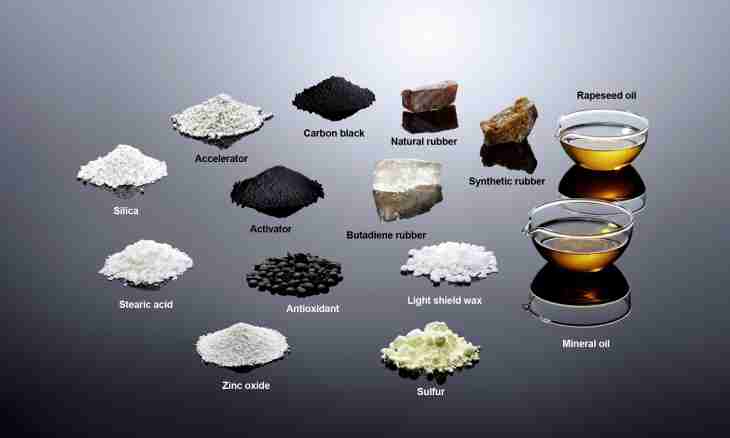In organic chemistry there is a concept of isomers. These are the molecules with identical amount of atoms of each element but differing in structure or spatial arrangement. There are millions of isomers. They can be divided into groups: chained, position, functional, geometrical and optical.
Chained isomers
Chained isomers have molecules with identical structure, but differ in structure of carbon "skeleton" - a basis on which all atoms are placed. All organic molecules are fastened with chains of atoms of carbon. And this communication can be organized differently: or one continuous chain, or in the form of chains with several side branches of groups of atoms of carbon. Names of isomers differ among themselves to reflect this distinction. Branches from the main chain often can be presented more than in one option. It leads to a large number of possible isomers as the number of atoms of carbon in a molecule increases.
Position isomers
Position isomers differ with position of "functional group of atoms" in a molecule. Such group in organic chemistry is a part of a molecule which gives it unique properties. There is a great number of various functional groups. The most widespread of them are given names: hydrocarbon, halogen, hydrogen, etc.
Functional isomers
At functional isomers the main group does not change the situation, and the substance formula changes. It is possible by shift of atoms in a molecule and at their connection with each other in various ways. For example, the standard direct chain of the alkane (containing only atoms of carbon and hydrogen) can have functional group which represents cycloalkane. This substance is just the carbon atoms connected with each other in such a way that they form a ring. Various isomers can exist for the same functional groups.
Geometrical isomers
Geometrical isomerism, actually, the term which "is not strongly recommended" by International Union of Pure and Applied Chemistry. Nevertheless, the designation "geometrical isomerism" is still used in many school and high school textbooks for designation of such class of substances. This type of an isomerism most often includes double carbon communications. Rotary motion of these communications is strongly limited, in comparison with unary communications which can freely rotate. If in double type of communication two chains are interchanged the position, there is an isomer.
Optical isomers
Optical isomers received such name due to influence on them of plane-polarized light. They, as a rule (but not always), support the chiral center. It is the carbon molecule consisting of four various atoms (or groups of atoms) attached to it. These atoms or groups can be located differently around the central part. Thus, the molecule refracts light not as others.
Importance of an isomerism
Isomers of the same molecule have various properties. This feature is widely applied in chemistry to receiving new chemical compounds from already existing.
